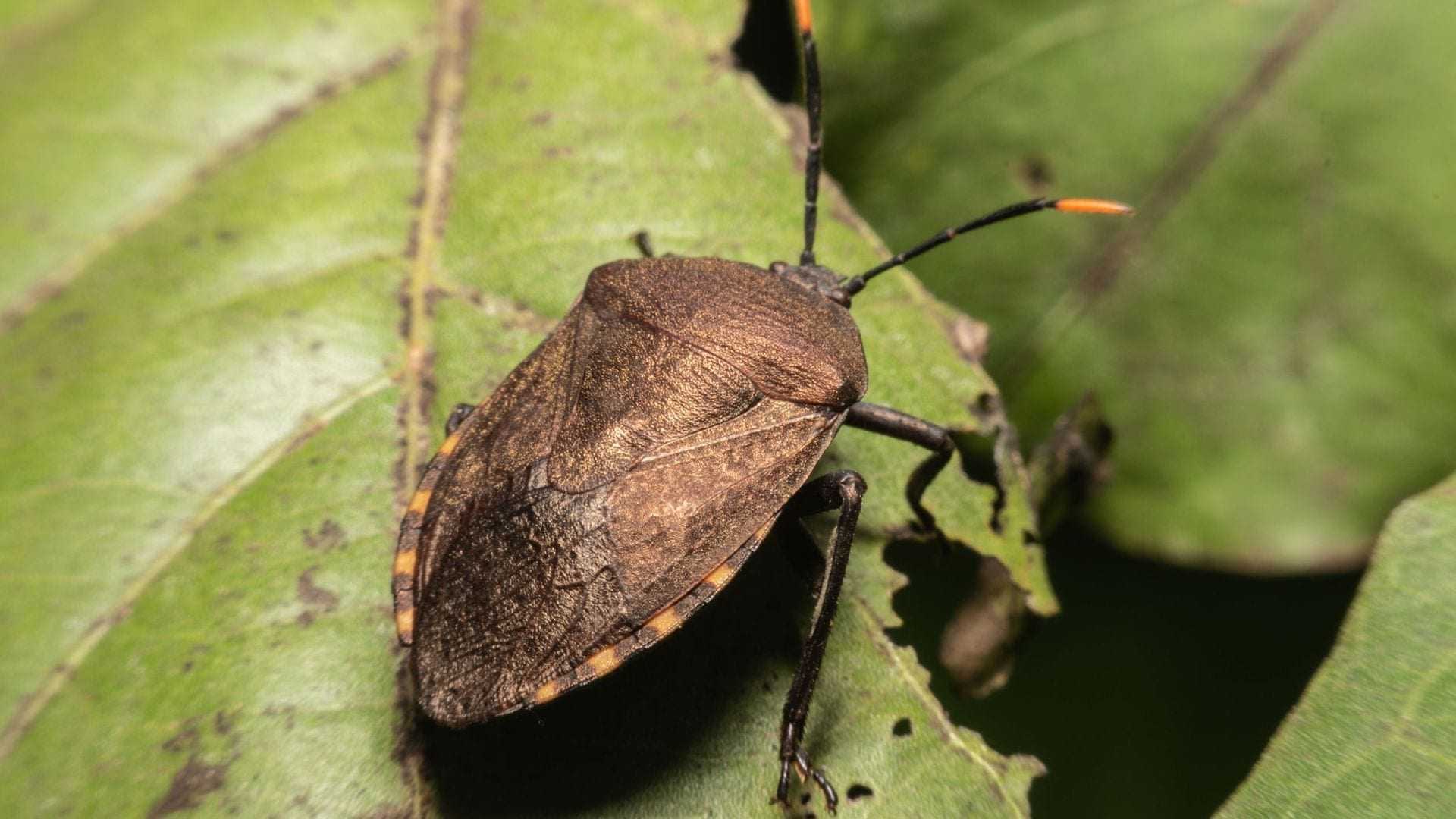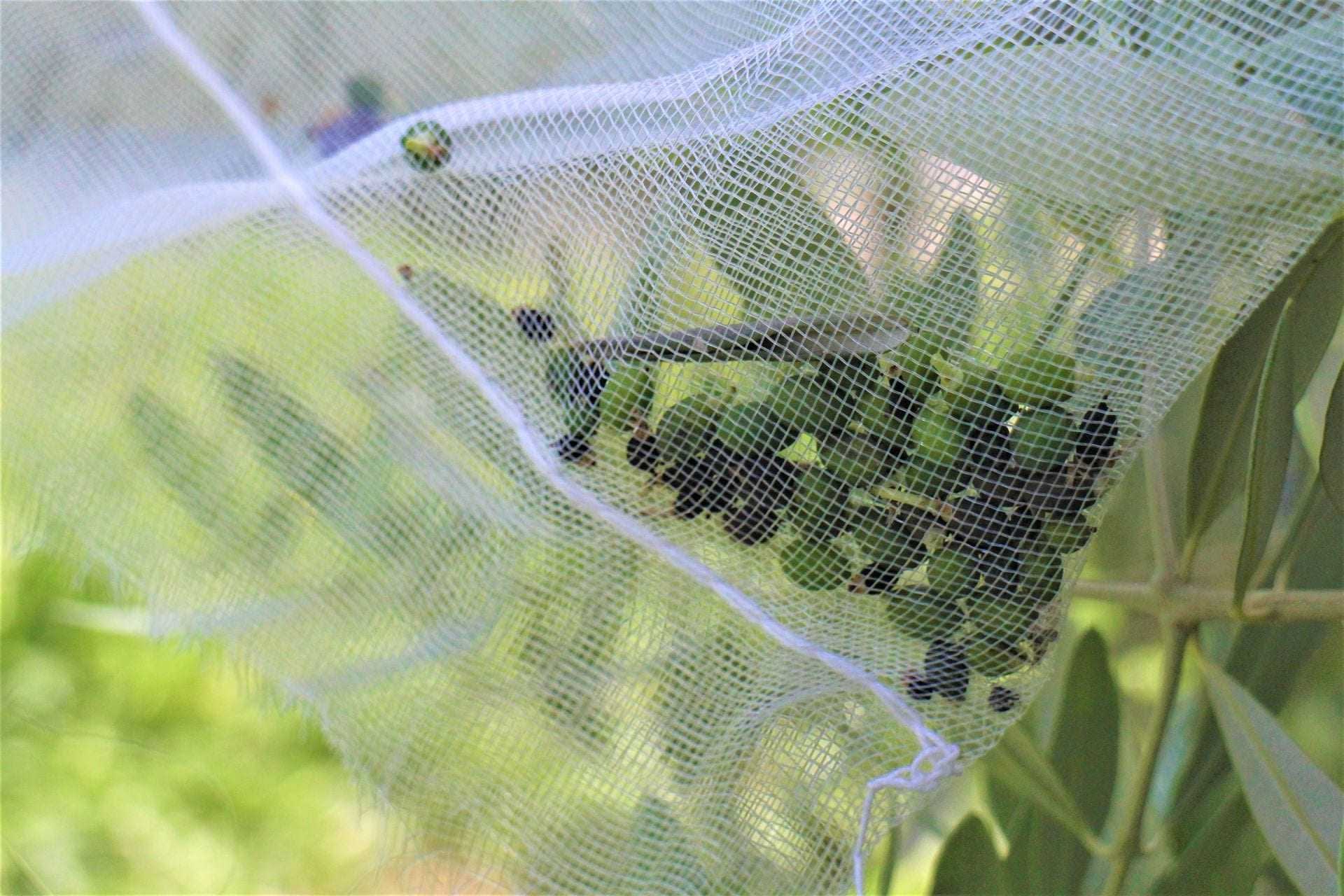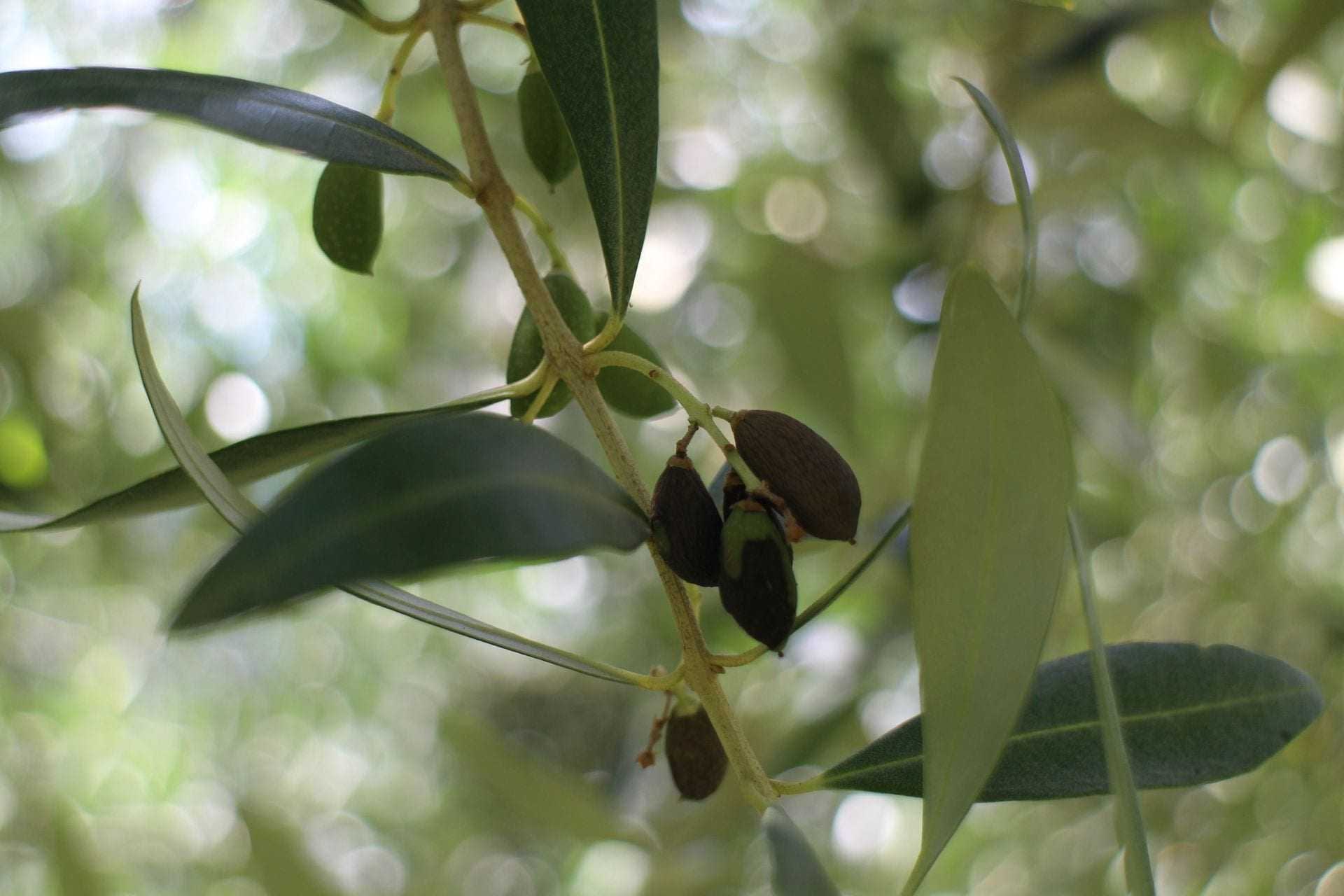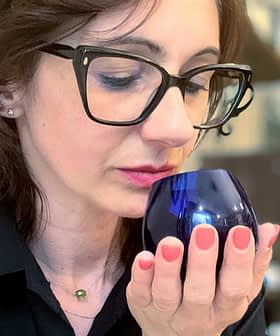 8.0K reads
8.0K readsEurope
Asian Bug May Be Cause of ‘Green Drop’ in Olive Trees, Researchers Find

Italian agronomists conducted an experiment linking the brown marmorated stink bug to a new olive tree disease called ‘green drop,’ which has caused a significant decrease in olive production in northern Italy. The experiment showed a significant increase in fallen olives in branches with bugs compared to those without bugs, suggesting a potential connection between the bug and the olive tree disease. The researchers hope to stimulate further discussion and research to find a solution to the issue.
An experiment conducted by a group of Italian agronomists may have found a link between the brown marmorated stink bug – also known as the Asian bug – and a new olive tree disease known as ‘green drop,’ a connection previously made by local producers.
“During the last few seasons, we received reports, based on empirical observation, from colleagues who had noticed the coexistence of these two factors,” Michele Dell’Oro, one of the lead researchers on the project along with Matteo Ghilardi and Giandomenico Borelli, told Olive Oil Times.
The bug directly, or a fungal disease caused by the bug, could lead to the fruit fall.
Since 2017, producers in northern Italy have noticed some green olives falling prematurely, well before veraison has taken place. During the previous crop year, ‘green drop’ was among the reasons for northern Italy’s drastic production decrease.
‘Green drop’ describes the anomalous fall of the green olives, which have also developed necrotic spots. The fruit detachment force of the olives is also reduced, so that a small external stimulus is sufficient to cause the fruit to fall.
See Also:Olive Tree PestsStarting from the post-fruit setting phase, the disease spreads until the period of full hardening of the stone, affecting, in many cases, all the fruits on the tree.
A more detailed observation of the olives affected, through radial dissection, demonstrates the presence of necrosis within the tissues of the endocarp, with the devitalization of the embryo in formation. Once the stone has fully hardened, ‘green drop’ slows down significantly.

“At first, some operators attributed this symptomatology, that was unevenly distributed, to a fungal disease,” Dell’Oro said. “However, anti-fungal treatments that were applied proved to be ineffective in containing the problem. At the same time, the frequent presence of the brown marmorated stink bug was recorded in the olive groves.”
According to the Italian National Institute for Environmental Protection and Research (ISPRA), last year the brown marmorated stink bug damaged about 300 types of crops in the north of the country, resulting in a loss of €600 million ($708 million).
Native to Asia and first sighted in Italy in 2012, the Asian bug has been included in the European and Mediterranean Plant Protection Organization (EPPO) alert list due to its wide polyphagia – habit of feeding on many different types of foods – and potential invasiveness.
“According to reports, the Asian bugs were seen performing trophic activity on the olive trees (namely, they stung the fruits). Leccino seems to be the most sensitive variety, but other varieties also were affected,” Dell’Oro said. “At that point, a debate arose and we decided to carry out an experimental test that does not pretend to be definitive but, rather, it is a preliminary work with the aim to stir up the interest of the scientific community.”
The experimentation was conducted in three farms in the province of Lecco, on Leccino trees between the ages of 15 and 35, all of which were in full production and properly managed according to the polyconic vase growing system.
After the fruit setting phase, when fruits reach five millimeters (0.20 inches) in diameter, some small fruit-bearing branches were isolated and enclosed in specially-made bags, using an anti-insect net. Before positioning the bags, the work group treated the branchlets with an insecticide, pyrethrin, in order to exclude the presence of other insects.
After installing the bags, the researchers introduced eight Asian bugs in different stages of development, both young and adults, in half of the bags.
Each bag was identified with a unique code and the branches were constantly monitored during the trial period, in order to prevent breakages, or any error, during the experiment. The test branches were removed in late July and mid-August when the fruits were in the phase of stone hardening.
“At the end of the trial period, we collected the bags and counted the fallen olives,” Borelli said. “We considered all of them, then not excluding a percentage of physiological drop in both types of replication. Then, we collected the data, cataloged and created charts, while a statistics expert evaluated the reliability of the data.”

The results showed that the percentage difference of fallen olives between the bags with bugs and those without bugs was significant.
“Most of the branchlets that hosted the bugs showed a drop of 100 percent,” Ghilardi said. “We only found one case with a figure of less than 90 percent (84 percent), while in the branchlets without the bugs there was a much lower percentage of drop, with figures ranging from 15 to 55 percent, in the worst cases.”
The average percentage of fallen fruits was 98 percent in the bags with bugs, about 39 percent in those without bugs.
During the trial, the group also observed what was happening in the rest of the olive grove and recorded a symptomatology similar to that observed on the tested olive trees.
They had empirical confirmation of what was found last year, however with fewer bugs and fruit drops, yet in some cases with severe damage in the absence of treatments aimed at containing the Asian bug.
“The results of the trial showed that it could be a direct or indirect action of the Asian bug,” Dell’Oro concluded. “Namely, the bug directly, or a fungal disease caused by the bug, could lead to the fruit fall. These are just preliminary results, but we want to stimulate a comparison and discussion with the objective to find a solution.”









